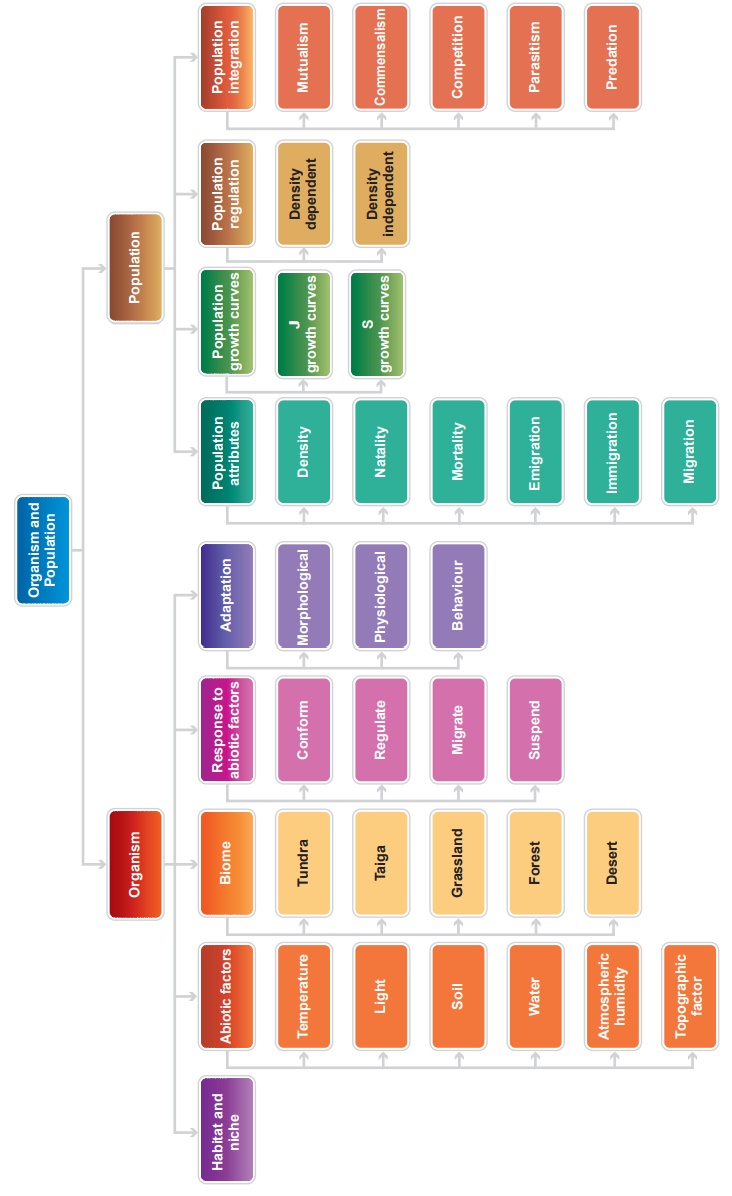Zoology - Organisms Reproductive and Population: Summary | 12th Zoology : Chapter 11 : Organisms Reproductive and Population
Chapter: 12th Zoology : Chapter 11 : Organisms Reproductive and Population
Organisms Reproductive and Population: Summary
Summary
Ecology is the study of the relationships of
living organisms with the abiotic and biotic components of their environment.
Temperature, Light, Water, Soil, Humidity, Wind and Topographic factors are the
important physical components of the environment to which the organisms are
adapted in various ways. Maintenance of a constant internal environment by the
organisms contributes to optimal performance, but only some organisms
(regulators) are capable of homeostasis in the fact of changing external
environment. Others simply conform. Many species have evolved adaptations to
avoid unfavourable conditions in space or in time.
Population ecology is an important area of
ecology. A population is a group of individuals of a given special sharing or
competing for similar resources in a defined geographical area. Populations
have attributes that individual organisms do not, such as natality and
bortality, sex ratio and age distribution. The proportion of different age
groups of males and females in a population is often presented graphically as
age pyramid, its shape indicated whether a population is stationary, growing or
declining.
Ecological effects of any factors on a
population are generally reflected in population density. Population grow
through births and immigration and decline through deaths and emigration. When
resources are unlimited, the growth is usually exponential but when resources
become progressively limiting the growth pattern turns logistic. In either
case, growth is ultimately limited by the carrying capacity of the environment.
The intrinsic rate of natural increase is a measure of the inherent potential
of a population to grow.
Population of the same or different species in a habitat do not live in isolation but interact in many ways. These interactions may be intra specific or interspecific. They may be positive, negative or neutral in nature.


Related Topics